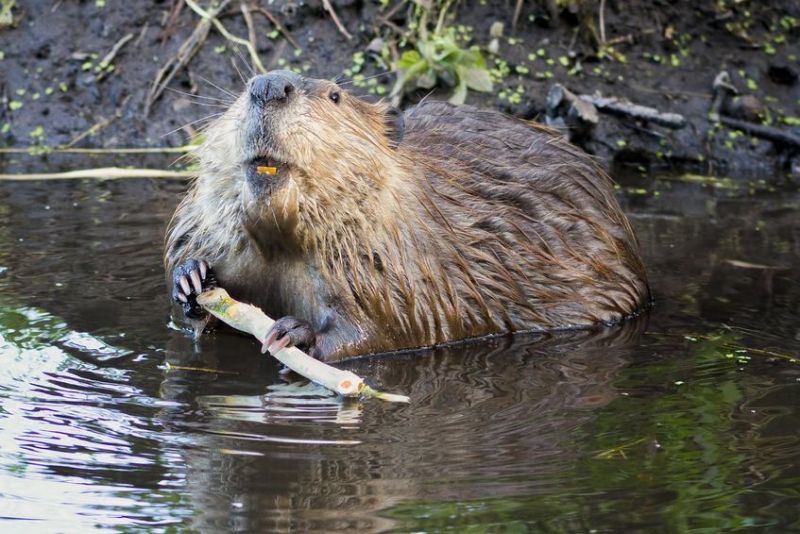
Mitigation measures have been introduced for Scottish farms as the government adds the Eurasian beaver on the protected species list.
The Eurasian or European beaver will be added to the list of European Protected Species of Animals, protected under Scottish law.
This means that from 1 May 2019 shooting will only be allowed under licence, which will be managed by Scottish Natural Heritage (SNH). All licenses will be issued in accordance with the law on European Protected Species.
However, farmers have expressed concern about the increasing amount of beaver numbers in the UK.
NFU Scotland has insisted that 'proper management' of the species is fundamental in order to avoid impact on agriculture.
Some farmers have warned of considerable damage to farmland and the spread of disease.
However, Environment Secretary Roseanna Cunningham said the Scottish government 'recognises' that beavers can have a 'significant impact' on farming.
“We recognise that beavers can have a significant impact on farming, particularly in areas like Strathmore, which is why we have been working closely with farmers and partner agencies to establish management plans, as well as a licensing system for culling when there is no other alternative,” she said.
“The Scottish government believes in the highest standards of animal welfare – for both wild and domestic animals - and we felt it was high time that beavers enjoyed the same legal protection as other species like bats, dolphins, wildcats and otters.”
SNH Chief Executive, Francesca Osowska added: “Beavers benefit nature, creating habitats such as ponds and wetlands where other species thrive, as well as alleviating flooding and improving water quality.
“But it will sometimes be necessary to minimise or prevent beavers’ impacts on farming, and other interests.”
Beavers became extinct in Britain in the 16th century, mainly due to over-hunting. However, between 2009 and 2014, sixteen Eurasian beavers were re-introduced to Knapdale Forest, Argyll and Bute, with the benefits and impacts being monitored by SNH.
